The Little Handicrafts Package
CAD$56
Close your eyes for a moment and imagine taking a backpack with you and going for a walk in the cities and villages of Iran. We would go visit the people who live near the ears of this lovely cat —since the map of Iran is shaped like a cat— and move towards the south, visit the people living at the tail of our cat. We’d pass through wet forests and snow capped mountains, and reach the muddy villages, the rocky beaches and pebble seashores. Now open your eyes. The truth is we haven’t gone anywhere and we are well aware that such a wondrous trip would demand much time and planning, and seems almost impossible in our hectic lives. But, ‘Az Iran’ has prepared little souvenirs from some parts of the country to put right into your backpack. With this package, you’ll receive the handicrafts made by the locals living in different regions of Iran; and who knows, maybe one day you could travel to those regions and see the process of their making and meet the lesser known artisans who skillfully made those products. ‘Az Iran’ offers this Little Handicrafts Package to those who love and cherish art.
Aziran Team
| Kapo Box (Style Selection Guide) |
Kapo is a product that is prepared from a combination of palm tree leaves and a special weed that grows around Dezful. This method of weaving has a lot of formability and this issue has caused the Kapos to have a lot of variety in the final product.
One of the methods of kapobafi is with yarn, in which capos have a simple wicker background and then they are covered with colored yarn, and as a result, the mat texture is not visible under the yarn layers, and therefore it is called kapo weaving with yarn. One of the characteristics of capo is its natural structure and texture, which is completely compatible with the environment, the boxes are unbreakable and have high strength, as well as the lightness.
With these boxes woven with natural materials, children can enjoy the art of the beloved city of Dezful in their room.
| Set of three Minakari Plates |
Minakari is a 5000-year-old Iranian art. The closest meaning to the word ‘mina’ is ‘the blue sky.’ The underlying color of the patterns is mainly blue, green, or sometimes red which is reminiscent of the vast, beautiful sky. This art is the combination of earth and fire, made beautiful by intricate drawing designs. For this, at first, an expert coppersmith must make the piece in the desired shape and design, and then an artisan specializing in Minakari covers the piece in a white glaze. To seal the coating, the piece is placed in a 700-degree furnace: this glazing step is repeated three or four times. Finally, after painting and ornamenting this white object, it is reheated at a temperature of 400 to 500 degrees, to reveal its brilliant colors.
From the point of view of Minakari artists, children can look at and enjoy the beautiful painted designs of the sky in Minakari plates from five thousand years ago until now.
| Clay Minakari Eggs (Style Selection Guide) |
Minakari on clay is another Iranian artifact. The city of Lalejin in Hamedan is home to this original art. The Minakari designs on the clay objects are derived from traditional Iranian motifs and come in various beautiful colors. This art is also a combination of the three natural elements: water, fire, and earth. The process of this particular type of Minakari is quite long and has four stages. These stages include: making pottery, preparing the pattern, ghalamzani (engraving), and glazing.
A unique example of this art that is now preserved in the Museum of Los Angeles is a clay bowl designed and made in the Achaemenid period. This art reached its peak during the Seljuk dynasty. Interestingly, at that time, the names of the designer and artisan were engraved on the work in cuneiform script. You can see beautiful samples of Minakari artworks in the Louvre Museum in Paris, too.
These eggs, made with the art of Hamedan artists, are great for decorating the Haftsin table, as well as for combining Easter with Iranian art.
| Persian Rug Hanging Ornament (Style Selection Guide) |
Iranian handwoven carpets and rugs have a great reputation in the world; and the ones from Tabriz show outstanding quality, making the name of this city synonymous with handicrafts and carpet weaving. Rug weaving in Iran dates back to the Seljuk and Ilkhanid eras and continues to this day. The designs of the carpets and rugs have been passed down from generation to generation. Despite the fact that technology has proved very helpful in making carpet patterns, there are artists who still prefer to design the patterns by hand. Today, many antique rugs and carpets are preserved in famous museums and galleries around the world.
If you want children to see a piece of old and handmade Tabriz carpet up close and use it to decorate their room, then you have made a good choice.
| Khatam Box (Style Selection Guide) |
Khatam is a very detailed and elaborate handicraft, and crafting it requires much patience and attention. Khatam uses different color raw material and combines them to form regular polygons with different number of sides. Normally, the polygons are five, six, seven, eight, or ten sided. For the delicate triangles, wood, bone and metal are mostly used. High quality Khatam is inlaid with smaller, more delicate triangles. In one Khatam design, for making the smallest geometric unit, at least three triangles are used, and for the biggest unit, at most four hundred triangles are used.
This art found its way to Iran before the Safavid era and during the Mongol invasion of Iran, as a result of connections established between Iran and China. Presently, there is an inlaid minbar (pulpit) in the ancient Jameh Atigh Mosque in Shiraz which was built more than a thousand years ago.
All this precision and combination of art and geometry is very interesting for children. We can make them interested in this art from now on so that they can better understand the beauty of our nostalgia as a Persian mother or father.
| Khatam Frame with Embossed Miniature Chogan Painting (Style Selection Guide) |
These frames combine the arts of Khatamkari and Ghalamzani, with Persian miniature painting. The miniature on the frame and the picture inside it depict the ancient game of Chogan (polo). Iranian miniature is a small painting showing nature. Miniature art reached its peak in the Safavid period, but the golden age of this art was when the miniature artists were allowed into the Abbasid court. Unfortunately, many of these works were destroyed in the Mongol invasion. The most effective schools of Iranian miniature are Shiraz school, Qazvin school, Tabriz school, Isfahan school, and Herat school— each having their own particular style.
On these frames are depictions of the game of chogan (polo), an ancient team sport originating in Iran. Due to its popularity among kings and noble families, chogan is known as the game of kings. The sport dates back to the 6th century BC and was played in the Achaemenid period. Chogan also became popular in India after Darius I conquered India. Also, in the Sassanid era, chogan was an important part of the game culture.
With this frame, we can tell the stories of old Iranian games to the children while decorating their room and enjoy this beautiful art together.
| Weight | 1000 g |
|---|
Based on 0 reviews
|
|
|
0% |
|
|
|
0% |
|
|
|
0% |
|
|
|
0% |
|
|
|
0% |
Related Products
Out of stock
5 in stock





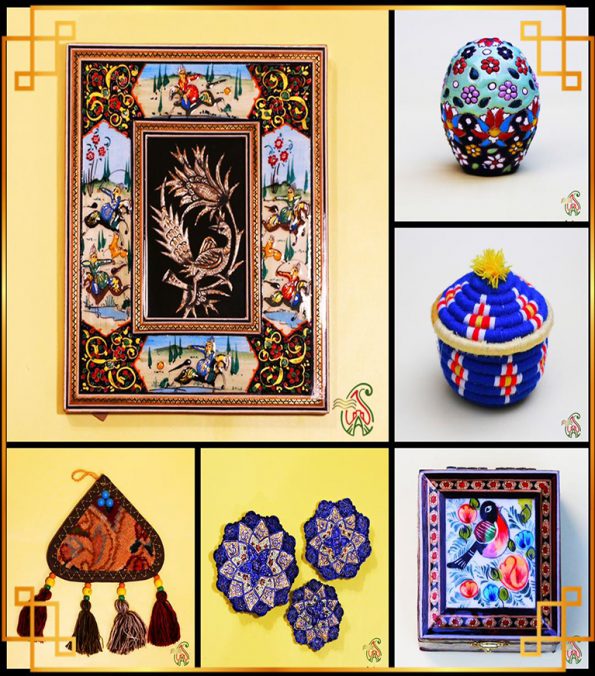
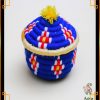
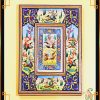
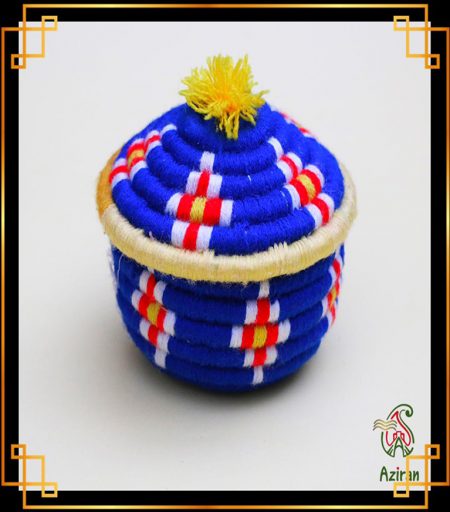
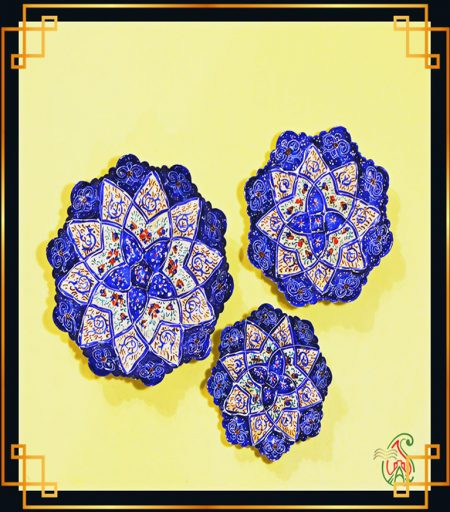
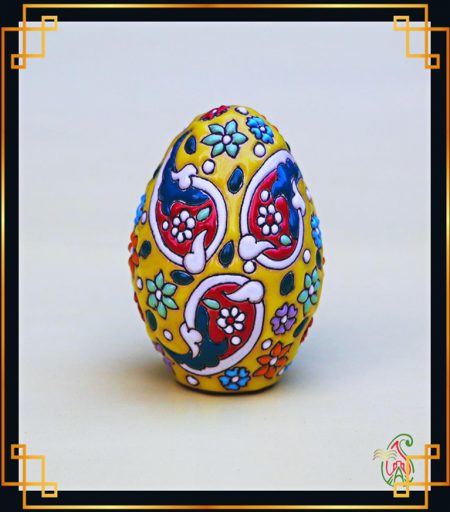
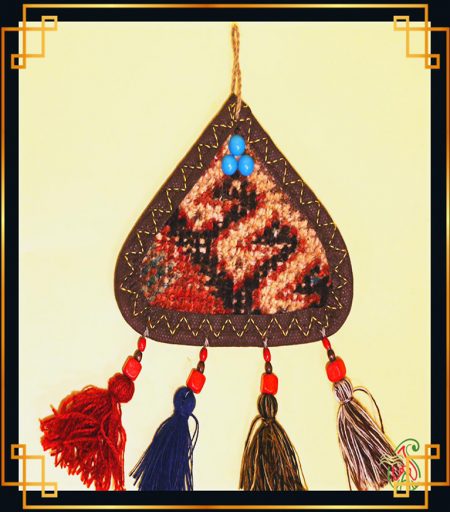
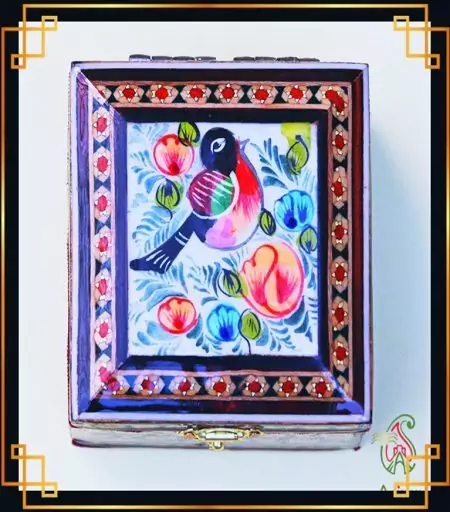
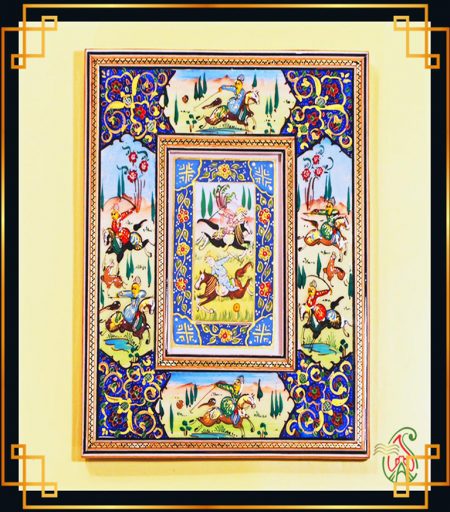
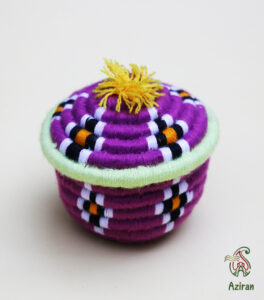

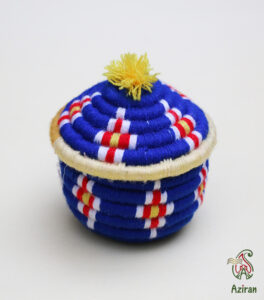
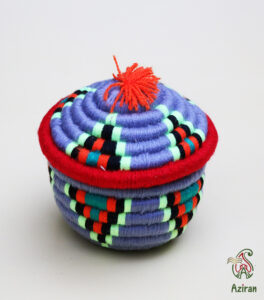
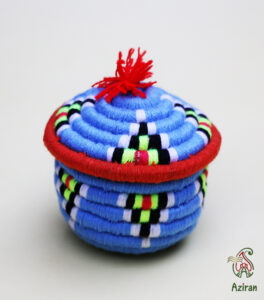
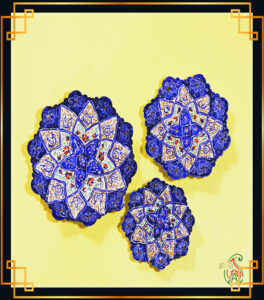
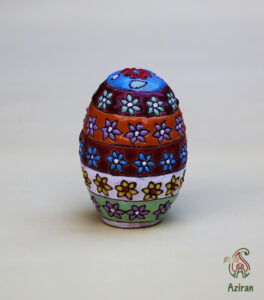
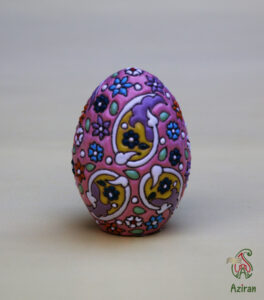

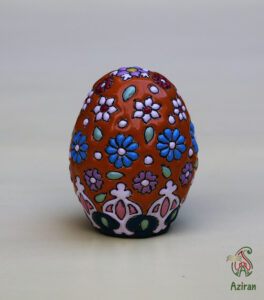
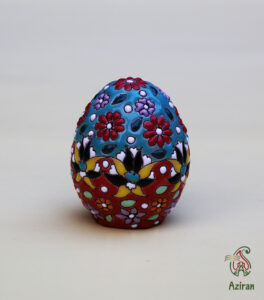
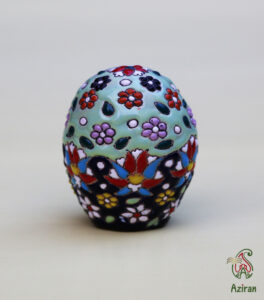

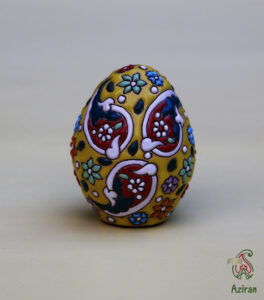

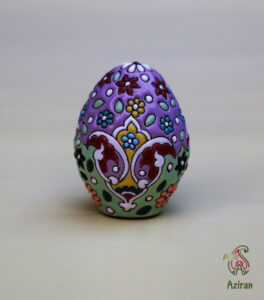
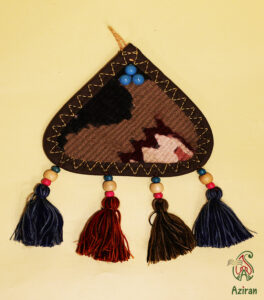
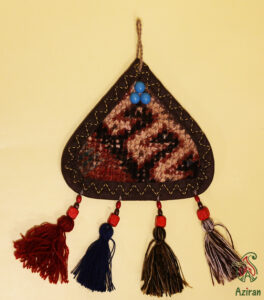
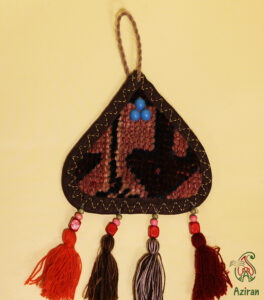

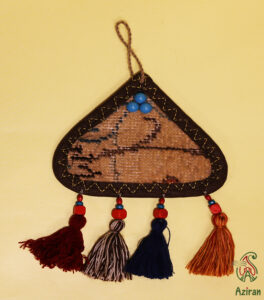

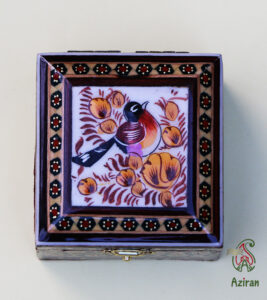
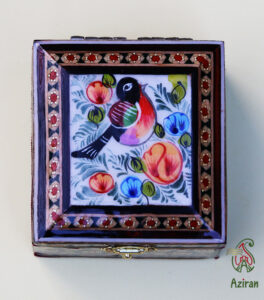


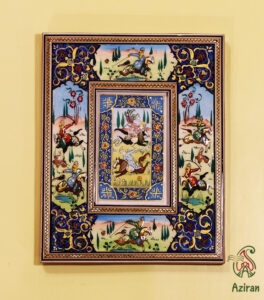


Reviews
There are no reviews yet.